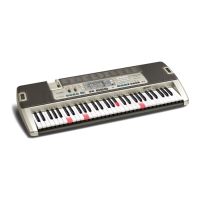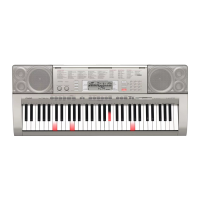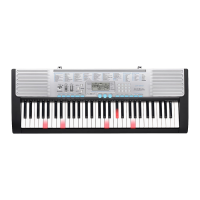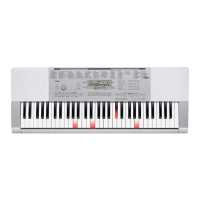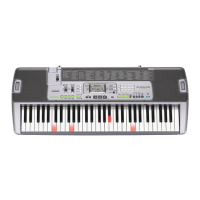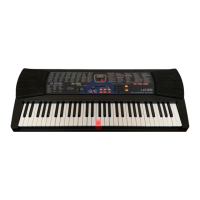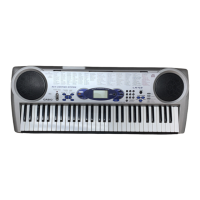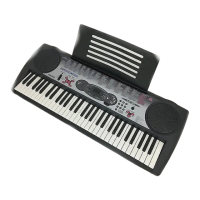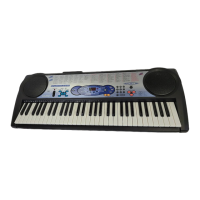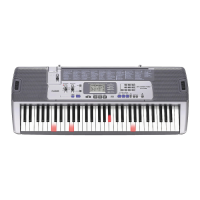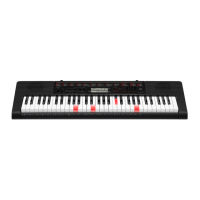What to do if song play cuts out during SMF play on Casio Electronic Keyboard?
- PPhillip RichAug 17, 2025
To resolve the issue of song playback cutting out momentarily during SMF play on your Casio Electronic Keyboard, consider the following: * Perform a 'save as' operation to save the data under a different name without deleting the original (fragmented) data. Then, try performing the operation using the newly saved data. * If you saved the data to the card from another location, format the card (which will delete its contents), and then save the data to the card again. Next, try performing the operation using the newly saved data.
